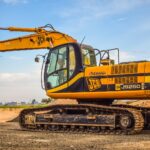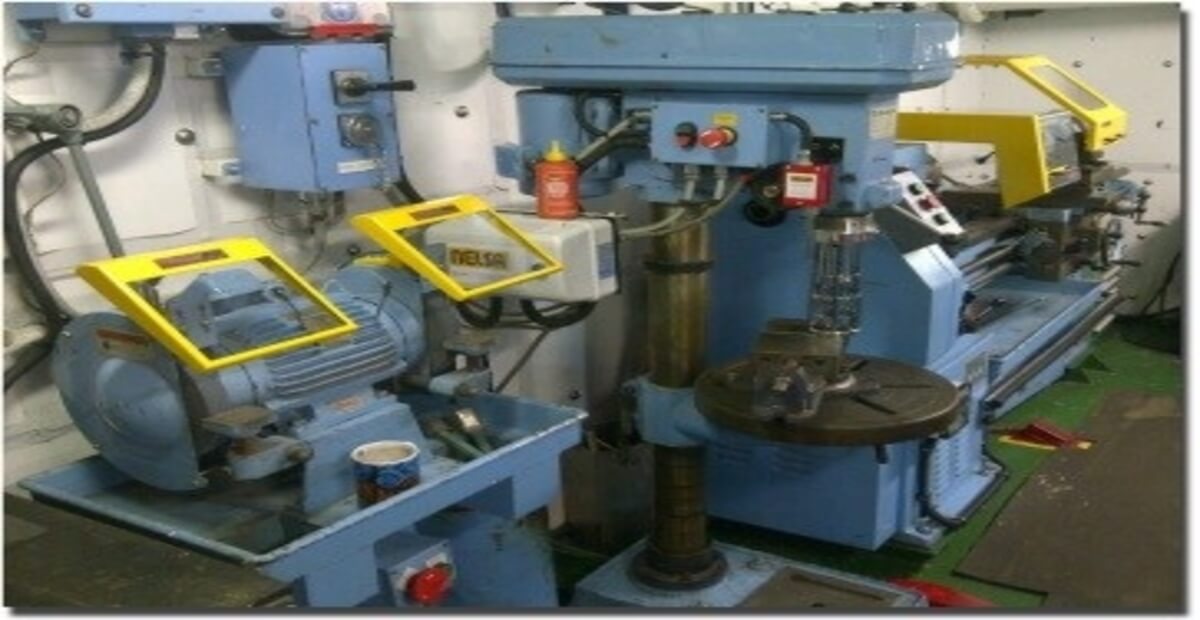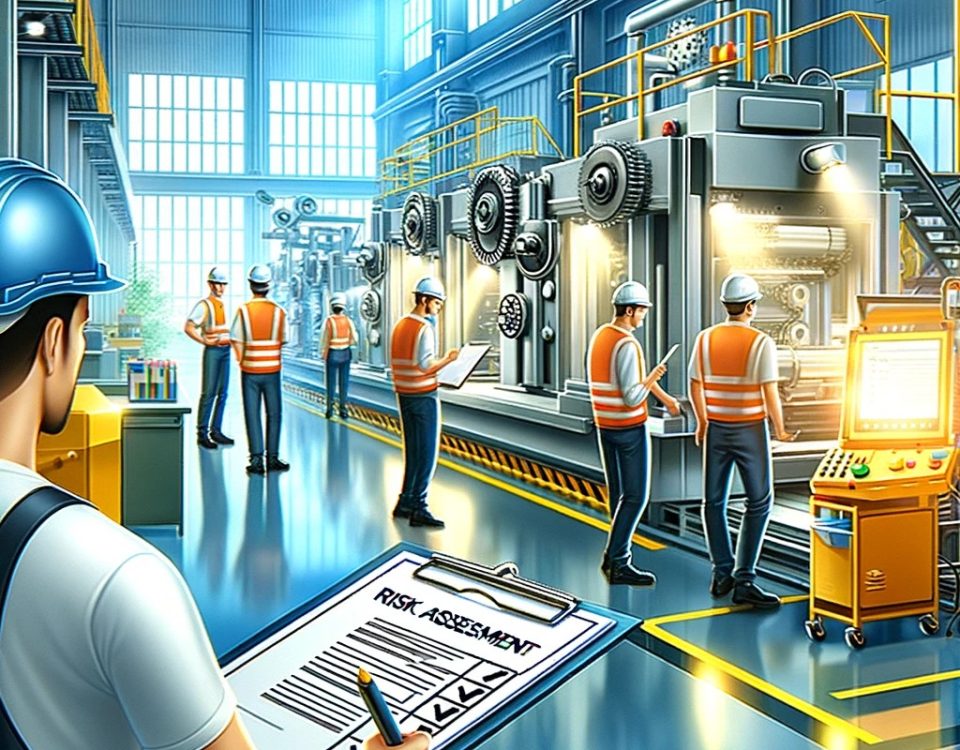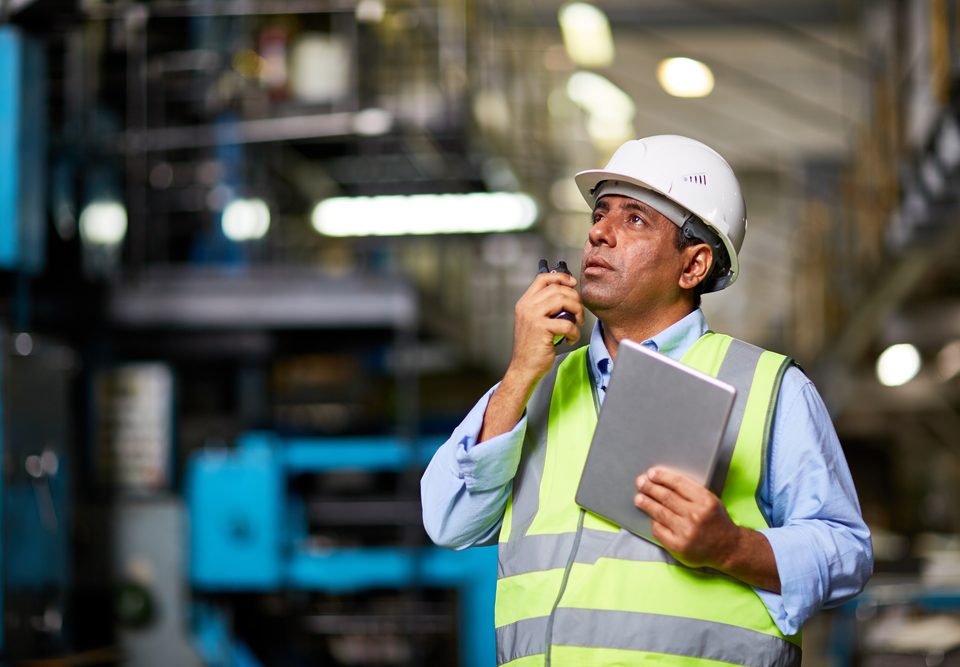
Ensuring Safety in Sheet Metal Fabrication: Essential Practices for Risk Mitigation
July 15, 2022
Building Safety from the Ground Up: Best Practices for Operating Heavy Construction Equipment
July 15, 2022
Ensuring Safety in Sheet Metal Fabrication: Essential Practices for Risk Mitigation
July 15, 2022
Building Safety from the Ground Up: Best Practices for Operating Heavy Construction Equipment
July 15, 2022In the industrial sector, worker safety is a non-negotiable priority. Despite manufacturers designing machines with built-in safeguards, serious injuries such as amputations, lacerations, and crushing incidents remain alarmingly common. These often stem from unsafe operation practices or insufficient maintenance. By employing machine guards—barriers that shield operators from hazardous components—businesses can drastically enhance workplace safety.
Understanding Machine Guards: Types and Benefits
Machine guards come in various forms, each designed to meet specific safety requirements. These protective devices not only shield workers from dangerous machine parts but also safeguard against by-products like metal shavings, flying debris, or sparks. Let’s explore the most common types:

-
Fixed Guards
Permanently affixed and immovable during operation, fixed guards provide robust protection by enclosing hazardous areas. They are ideal for safeguarding non-interactive machine components. -
Adjustable Guards
While similar to fixed guards, adjustable guards offer flexibility to accommodate varying material sizes. Their manual adjustments require proper operator training to ensure effective use. -
Self-Adjusting Guards
These guards automatically adapt to material size, making them a popular choice for tools like table saws and woodworking equipment. -
Interlocking Guards
Often called barrier guards, these devices disengage power or shut off machines when opened or removed. They ensure safe access to internal components without requiring complete disassembly.
Proactive Safety Measures
While machine guards are critical, proper safety practices and employee training are equally essential to prevent severe injuries. Key steps include:
- Conducting regular inspections of tools and machine guards.
- Enforcing strict adherence to lockout/tagout procedures.
- Following approved protocols for machine setup, adjustment, jam clearing, and maintenance.
- Ensuring guards remain in place during operation.
- Promptly reporting and tagging damaged equipment or guards for repair.
Most machine-related injuries are preventable with a proactive approach to safety. By investing in high-quality machine guards, comprehensive employee training, and consistent equipment maintenance, businesses can create a safer work environment. This not only protects workers but also reduces the likelihood of costly accidents and compliance issues.
For tailored industrial safety solutions, expert advice, and top-tier workplace safety products, trust EZSecur. Visit www.ezsecur.com to learn more.





